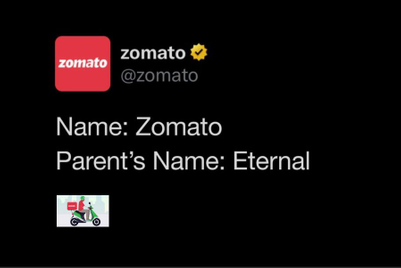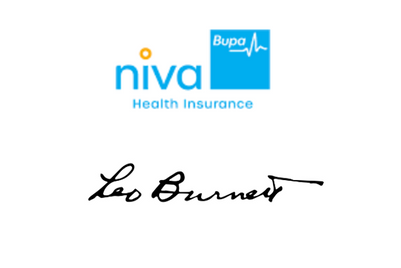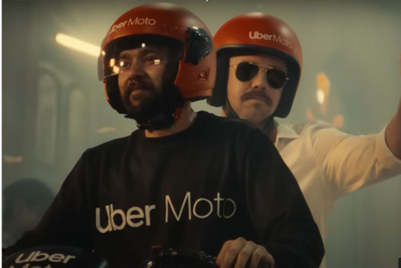
Max Bupa re-branded itself in July this year as Niva Bupa. Now, the 12-year-old brand has rolled out its first campaign in its new avatar titled Zindagi Ko Claim Kar Le (Claim life) to re-iterate its business objectives.
Conceptualised by Glue Creatives, this re-branded identity and campaign aim to showcase their new focus areas in the health insurance category.
The marketing mix for this campaign includes traditional channels like TV, print, radio along with digital platforms.
Campaign India spoke with Nimish Agrawal, senior vice president and head of marketing, Niva Bupa, to pick his mind on their re-branded philosophy, key focus areas and trends shaping up in the health insurance sector post-pandemic.
Edited excerpts:
What was the intent behind transitioning from Max Bupa to Niva Bupa?
The wheels were set in motion in December 2019, when Max India, a majority stake in Max Bupa exited the partnership and a private equity firm True North entered the partnership as a majority shareholder.
As part of the agreement with Max India, we, of course, could not use the name Max beyond a certain point in time. We took our time because it was not just a nomenclature change for us.
In the planning stage which has been in progress for 18 months, we made certain objectives clear. We need to de-jargonise the category from a consumer standpoint and humanise the category especially when the consumer is appealing for claims in the hospital.
What are the new business objectives Niva Bupa will bring to the table?
We are looking to improve the product and services portfolio catering to everybody. We have specially designed a health insurance policy for senior citizens, a category that is not covered much.
In regards to digital disruption, we don’t ask for hard copies from our consumers for claims. We are working on immediate claims and how we can shorten the delivery time for the consumer.
What are the insights, strategies implemented for this new campaign and to chalk out a new philosophy?
Firstly, in the health insurance category, there is a lot of paranoia because of the pandemic.
We have learnt that younger people have started thinking about health insurance. People in the age group of 28 to 32, who were not actively considering health insurance, have now actively started considering it.
Secondly, people from non-metros who have just started working are also opting for health insurance plans that cover their parents.
Traditionally the health insurance communication and narrative was targeted towards the man of the house. The conversation never had a woman in the picture.
As a core strategy to the campaign what we have done is make it broad themed by not catering the messaging to only men but including women in the conversation as well. We have curated three films and two of them are centrally driven to women in the overall campaign communication.
We have consciously used younger protagonists to connect with the younger audience, urging them to claim their lives and bestow the tension of health worries to a health insurance company. This is the bedrock of our campaign and our re-branded philosophy.
We are celebrating the freedom health insurance brings and not the constraints. Our campaign is all about Zindagi Ko Claim Kar Le (Claim your life), we are not asking them to buy our policy. But telling them that there is a life beyond worry.
When will the campaign launch and till when will it run?
The campaign will be launched on 20 November and will continue till the end of December. After the festive period of Christmas and New Year, we will take a pause and make it active again in mid-January 2022 till the end of February 2022.
What kind of expectations do you’ll have for this campaign and how will it translate into sales conversions for Niva Bupa?
The films we have rolled out is with the tagline Zindagi Ko Claim Kar Le, a personal connection we are trying to build and we hope the consumers relate to it positively.
What are the consumer trends that are brewing in the finance sector post-pandemic?
We need to understand the consumption habits of consumers today. Consumers have proliferated to multiple channels.
It is very important to us to be on traditional channels but also leverage digital to our advantage because that is where the consumers are.
From a creative standpoint, nobody wants to see ads. Advertisers are an interruption. Consumers want to watch the content they intend to and hence ads can not be a transaction, it needs to be something that strikes a chord.


.jpg&h=334&w=500&q=100&v=20250320&c=1)
.jpg&h=334&w=500&q=100&v=20250320&c=1)



.jpg&h=334&w=500&q=100&v=20250320&c=1)
.jpg&h=334&w=500&q=100&v=20250320&c=1)


.jpg&h=334&w=500&q=100&v=20250320&c=1)
.png&h=268&w=401&q=100&v=20250320&c=1)







